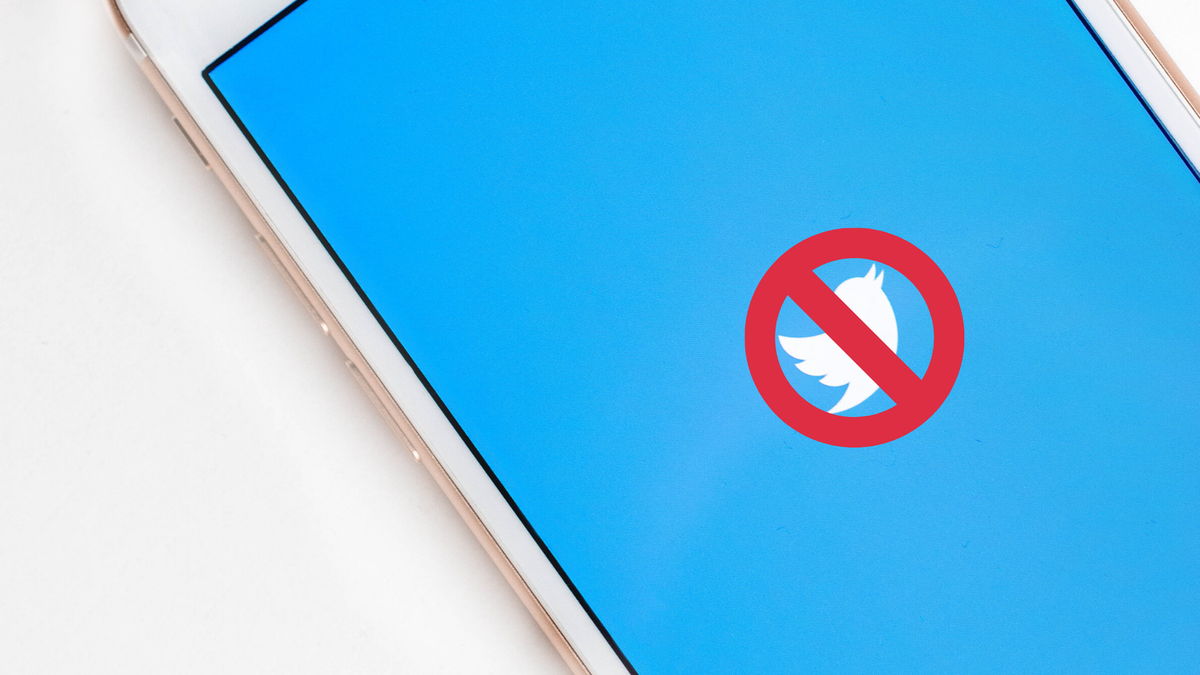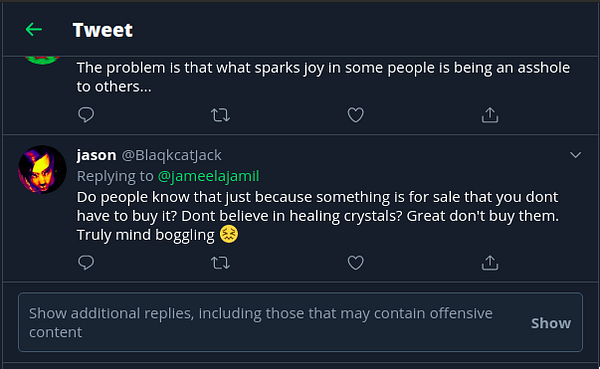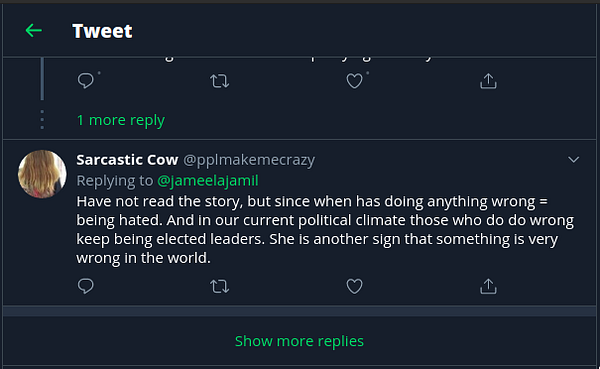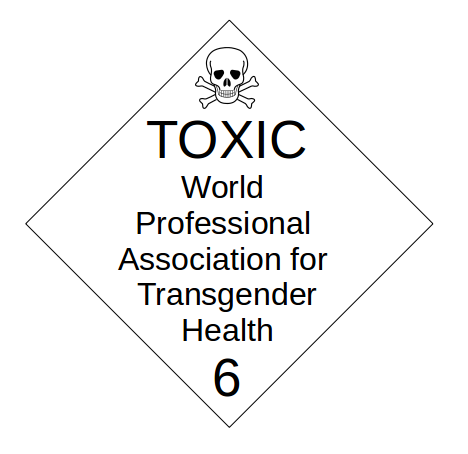Are You in Twitter Jail?
What to do if you’re deboosted on Twitter

You Might Not Even Know if You’re in Twitter Jail
Although Twitter claims they don’t shadow ban users, this is only strictly true if you adhere to their very narrow definition of shadow banning:
"Deliberately making someone’s content undiscoverable to everyone except the person who posted it, unbeknownst to the original poster."
Technically speaking, Twitter doesn’t do this. As long as an account isn’t outright banned, you can always find a few tweets of people you follow. However, what Twitter does do is more subtle, and perhaps a little bit more dangerous. Rather than straightforward shadowbanning, Twitter uses a series of tools to limit the spread of information from certain accounts.
According to shadowban.eu, these methods are:
- Search Suggestion Ban
- Search Ban
- Ghost Ban
- Reply Deboosting
Twitter uses a series of complicated “signals” in its algorithms to determine which accounts get which bans applied to them. Although I don’t claim to have any inside information, there are some clues we can piece together from what Twitter has said.
Twitter staff members have reported that it takes factors such as who you follow, who you interact with, whether or not you confirmed your email or uploaded a profile picture, and how recently your account was created in determining if you are a “bad faith” actor.
Most interesting, though, Twitter has announced that it takes a guilty-by-association approach to determining bans. On May 15, 2018, the Twitter blog stated:
"We’re also looking at how accounts are connected to those that violate our rules and how they interact with each other."
This is particularly concerning because it means that even if your account never breaks any rules and wouldn’t set off any alarm bells alone, being connected to other people perceived as “bad actors” can land you in Twitter jail.
Perhaps worse of all, Twitter won’t notify you of your ban and provides no way to get out of jail.
Third-party tools, like shadowban.eu, are one of the only ways to determine if your account has any of the bans applied to it. However, even these tools do not promise perfect accuracy, so it can be impossible to know for sure.
What Do These Bans Mean?
Search Bans
Search bans mean that your account may not come up in a search for some users, depending on the severity of the ban. A “Search Suggestion Ban” means that some users who are not strongly tied to you will have a hard time finding your account in search results. If they want to find you, they may have to navigate to your page directly.
Meanwhile, a “Search Ban” means that all of your tweets will be hidden from search results, including on hashtags. This particular ban seems to only occur for limited times before being lifted if your account is active, and may be triggered by increased activity.
Ghost Ban
Ghost banning is similar to traditional shadow banning. Although users who follow you may still see your tweets, your tweets will be invisible to other people. This is often most noticeable on threads where different social groups are clashing. Participants in the thread may notice that the thread appears broken in certain places, and certain tweets are not available to them. This is the most obvious sign that Ghost banning has occurred, although, once again, it’s hard to know for sure. Ghost banning is usually reported as temporary.
Reply Deboosting
Reply deboosting means that your replies on tweets will be hidden behind a “Show More” button for accounts that don’t follow you. This is particularly frustrating because it essentially silences you except among people who already agree with you. Since accounts with strong ties often get wrapped up in mass bans because the algorithm takes who you interact with into account, entire social communities may be deboosted at once — essentially meaning they can only talk to each other, creating an echo chamber.
In some cases, as in the below screenshot, accounts may be labeled “offensive” and hidden under an even further block. This means that someone who does not already follow you will have to scroll to the very bottom, and then click twice just to see your tweet.


How to Get Out of Twitter Jail
If you have found yourself on the undesirable list, there are a few main things you can do to help get yourself out of jail. Although I can’t promise any or all of these will work for your account, I have had success getting my own account un-deboosted after about one month by taking these steps:
1. Follow the rules
This should be obvious, but I’ll say it anyway. Be meticulous about following the rules on Twitter. Make sure you’re not spamming, harassing, or posting content that may be deemed too “offensive.”
2. Follow more diverse accounts
This seemed to be the main thing that helped me get out of Twitter jail. Initially, I joined twitter to speak to radical feminists, so I only followed radical feminists. However, following and interacting with a fairly isolated community that is often mass-reported made my account a target of the algorithms. I followed a bunch of celebrities and news outlets I enjoy first — rumor has it following more verified accounts can help. Then, I followed a bunch of accounts related to other interests I have: veganism and animal rights, the 2020 election, and writing. After diversifying the accounts I follow, deboosting was removed from my account.
3. Change your interaction patterns
Twitter takes how you interact with other accounts into consideration. Constantly commenting on or tagging accounts that you don’t follow or who don’t follow you can be considered a red flag. If you are getting sucked into troll drama, consider blocking rather than engaging. Retweet posts from a variety of sources, including verified accounts.
4. If your account is new, wait
This might not feel helpful if you’re trying to hit the ground running a fresh Twitter account, but Twitter does take the age of an account into consideration. This is because trolls often create new accounts to avoid bans and blocking. In a month or two, if you have tried everything else and made no progress in getting un-banned, simply waiting may do the trick. While you’re waiting, make sure your account email is verified, you’ve uploaded a picture, and your bio is set up.
Use Decentralized Social Media
One of the biggest problems with Twitter is that it is a massive, centralized, proprietary system. This means that users have no control over what happens to them, and are prevented from gaining important knowledge about their own accounts.
While many people rely on Twitter for social reach and an audience, if you are experiencing banning consider switching to decentralized social media instead — or, at least diversifying your reach by not relying on a single source.
The Fediverse, a free and decentralized alternative to Twitter, contains thousands of interconnected communities, each with a unique audience, culture, and rules. An August Feminist Current Podcast discusses Spinster, a solution to Twitter censorship and de-platforming of feminists.
Recently, Indians have been mass-migrating to the Fediverse after Sanjay Hegde was inexplicably banned twice from Twitter. These moves are important because they help take power of Twitter’s hands, and let the corporation know that people won't be silenced and bullied by them.
If you’re being put into Twitter jail unfairly, you can play their game, or you can reject them entirely and move to a people-powered solution.
Do you want to bring the "gender madness" to an end? Help us write about it! 4W is able to pay our all-female staff and writers thanks to the generous support of our paid monthly subscribers.
Enter your email below to sign in or become a 4W member and join the conversation.
(Already did this? Try refreshing the page!)




Comments